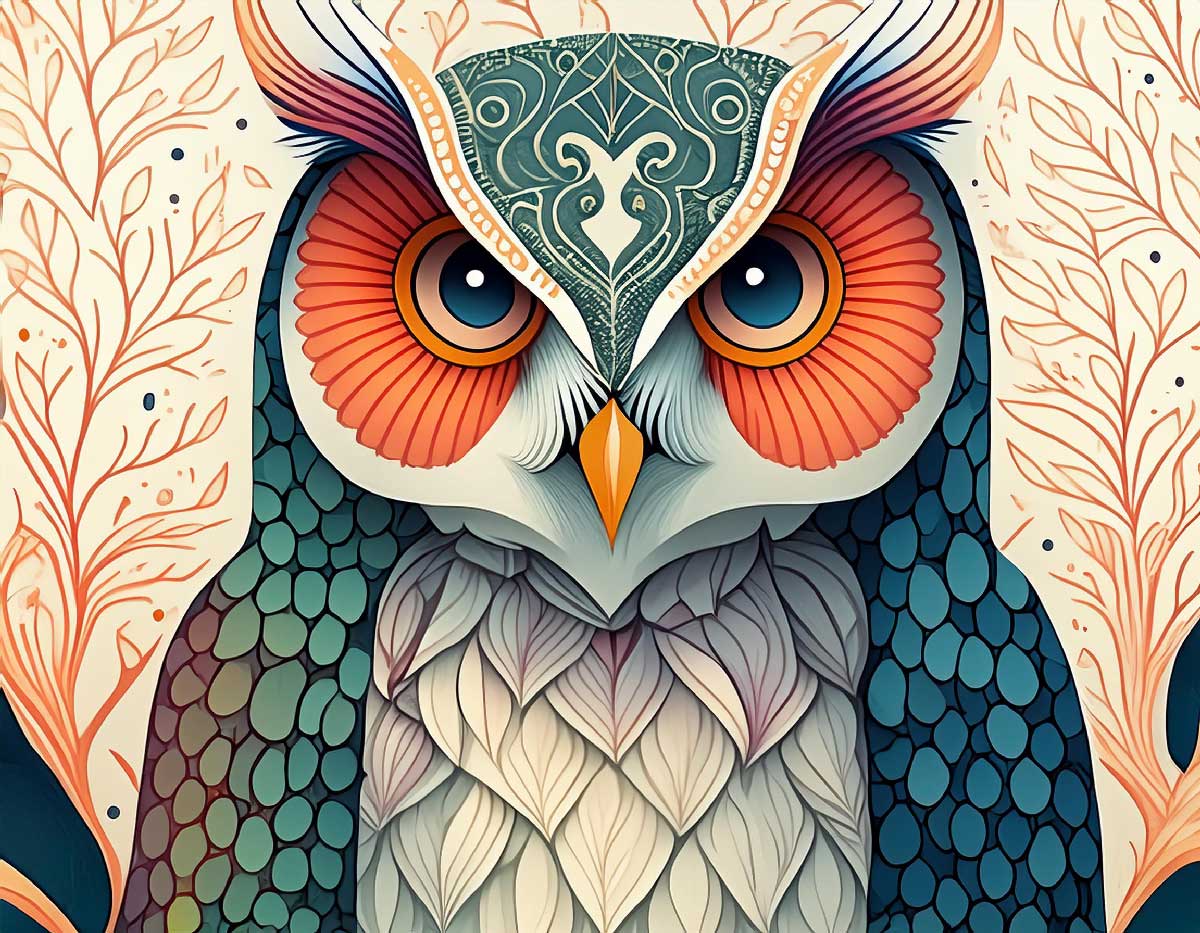Graphic design, a term that is often thrown around in the creative industry, encompasses a wide range of skills and techniques used to visually communicate messages. Whether it’s creating eye-catching websites, designing captivating logos, or developing visually appealing marketing materials, graphic design plays a crucial role in today’s digital age. But what exactly is graphic design and why is it so important?
At its core, graphic design is the art of combining text, images, and other visual elements to convey a specific message or evoke a desired emotion. It involves the use of various design principles and elements to create aesthetically pleasing and effective designs. From typography and colour theory to layout and composition, graphic designers utilise their creative abilities and technical skills to bring ideas to life.
The importance of graphic design in the digital age
In an increasingly digital world, where attention spans are shorter than ever, graphic design has become more important than ever before. With the rise of social media platforms, websites, and online advertising, businesses and individuals need to stand out from the crowd to capture the attention of their target audience. This is where graphic design shines.
Effective graphic design can make or break a brand. It helps to establish a visual identity and create a memorable impression in the minds of consumers. A well-designed website can attract visitors, keep them engaged, and ultimately convert them into customers. Similarly, a thoughtfully designed logo can instantly convey the values and personality of a business. Graphic design has the power to communicate messages quickly and effectively, making it an essential tool for success in the digital age.
Elements of graphic design
To create visually stunning designs, graphic designers rely on a set of fundamental elements. These elements include:
1. Typography
Typography refers to the art of arranging and styling typefaces. It involves choosing the right fonts, sizes, and spacing to ensure readability and visual appeal. The typography used in a design can greatly impact the overall look and feel, conveying different emotions and messages.
2. Colour
Colour plays a crucial role in graphic design. It can evoke emotions, highlight important information, and create visual hierarchy. Designers carefully select and combine colours to create harmony and contrast, enhancing the overall aesthetics of a design.
3. Imagery
Images and illustrations are powerful tools in graphic design. They can convey complex ideas quickly and evoke strong emotions. Graphic designers select and manipulate images to enhance the message they want to communicate and create a visually engaging experience for the audience.
Principles of graphic design
In addition to the elements, graphic designers follow a set of principles to create visually cohesive and effective designs. These principles include:
1. Balance
Balance refers to the distribution of visual weight within a design. It ensures that elements are arranged harmoniously, creating a sense of stability and equilibrium. There are two types of balance: symmetrical and asymmetrical balance.
2. Proximity
Proximity refers to the placement of elements in a design. Elements that are related to each other should be grouped together, creating a clear visual hierarchy and making it easier for the audience to understand the information being presented.
3. Contrast
Contrast involves using different elements, such as colour, size, and typography, to create visual interest and make certain elements stand out. It adds variety and helps guide the viewer’s attention to the most important parts of a design.
Different types of graphic design – website design, logo design, and more
Graphic design encompasses a wide range of sub-disciplines, each with its own unique focus and purpose. Some of the most common types of graphic design include:
1. Website design
Website design involves creating visually appealing and user-friendly layouts for websites. It requires a deep understanding of user experience (UX) design principles to ensure that the website is easy to navigate and provides a seamless browsing experience.
2. Logo design
Logo design is the process of creating a unique and memorable visual representation of a brand or business. A well-designed logo can instantly communicate the essence of a company and make it easily recognisable.
3. Print design
Print design involves creating visual materials that are intended for physical distribution, such as brochures, business cards, posters, and packaging. Print designers need to consider factors such as print quality, paper selection, and production techniques to ensure that the final product looks as intended.
Tools and software for graphic design
The field of graphic design has been revolutionised by the advent of digital tools and software. These tools not only make the design process more efficient but also open up new possibilities for creativity. Some of the most popular graphic design tools and software include:
1. Adobe Creative Cloud
Adobe Creative Cloud is a suite of design software that includes industry-standard applications such as Photoshop, Illustrator, and InDesign. These tools provide designers with a wide range of capabilities for image editing, vector graphics creation, and layout design.
2. Canva
Canva is a web-based design tool that offers a user-friendly interface and a vast library of templates, images, and fonts. It is an excellent choice for beginners or non-designers who want to create professional-looking designs quickly and easily.
3. Sketch
Sketch is a vector graphics editor specifically designed for UI/UX design. It provides designers with powerful tools for creating responsive designs and interactive prototypes for websites and mobile apps.
Best practices for effective graphic design
While graphic design is a highly creative field, there are certain best practices that designers should follow to ensure the effectiveness of their designs. Some of these best practices include:
1. Understand the target audience
Before starting any design project, it is crucial to understand the target audience and their preferences. Design choices should align with the target audience’s tastes and expectations to create a meaningful connection.
2. Keep it simple and clutter-free
Simplicity is key in graphic design. A cluttered design can confuse and overwhelm the viewer, making it difficult to convey the intended message. By keeping designs clean and minimalistic, designers can create a clear and impactful visual communication.
3. Stay up to date with design trends
Design trends are constantly evolving, and it is essential for graphic designers to stay updated with the latest trends and techniques. However, it is equally important to balance trends with timeless design principles to create designs that stand the test of time.
Read a more in-depth article about the 10 essential design principals for every business.
Hiring a professional graphic designer vs. DIY design
When it comes to graphic design, businesses and individuals often face the dilemma of whether to hire a professional graphic designer or try their hand at DIY design. While there are advantages and disadvantages to both approaches, it ultimately depends on the specific requirements and resources of each project.
Hiring a professional graphic designer
Hiring a professional graphic designer brings a wealth of expertise and experience to the table. Designers have a deep understanding of design principles and trends, ensuring that the final product is visually appealing and effective. They also have access to specialised software and tools, enabling them to create high-quality designs efficiently. Additionally, working with a professional designer saves time and allows businesses to focus on their core competencies.
DIY design
On the other hand, DIY design can be a cost-effective option for individuals or small businesses with limited resources. There are numerous online design tools and resources available that make it relatively easy to create basic designs. However, it is important to note that DIY designs may lack the finesse and professional touch that comes with hiring a graphic designer. It is essential to have a good understanding of design principles and limitations to ensure satisfactory results.
Conclusion: The power of graphic design in capturing attention and creating memorable experiences
In conclusion, graphic design is an art form that plays a vital role in the digital age. From creating visually stunning websites to designing memorable logos, graphic design enables businesses and individuals to capture attention and create memorable experiences. By harnessing the power of design elements and principles, graphic designers have the ability to convey messages quickly and effectively. Whether hiring a professional graphic designer or opting for DIY design, the importance of graphic design in today’s visually-driven world cannot be overstated. So, why not leverage the power of graphic design to elevate your brand and captivate your audience?


